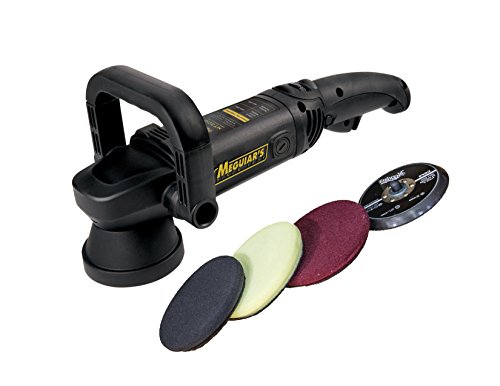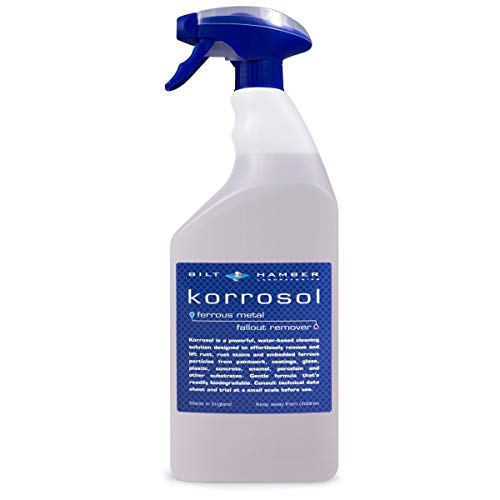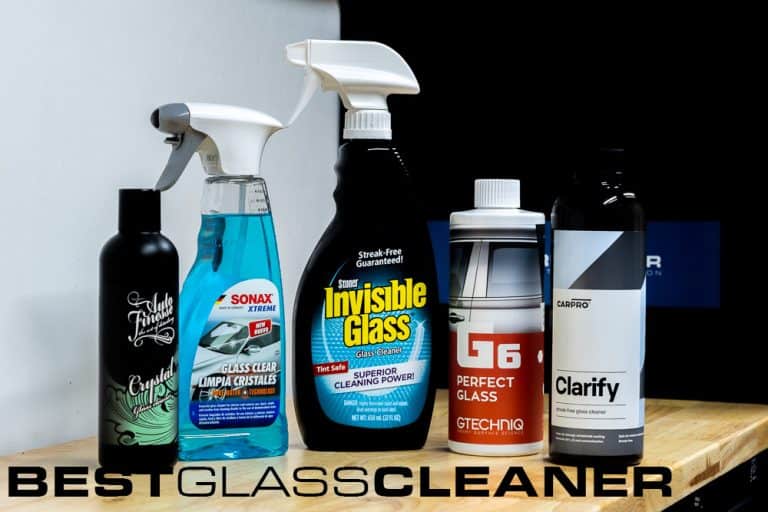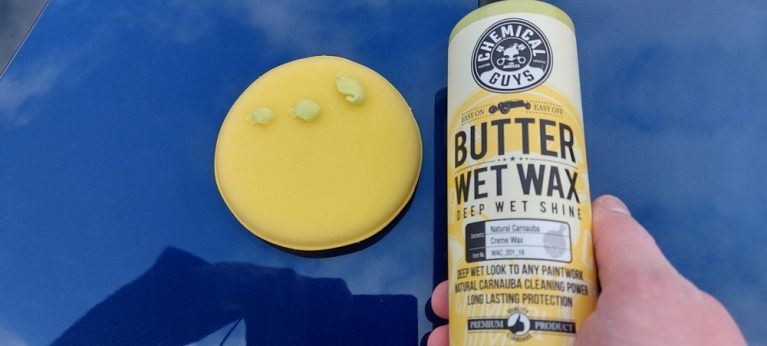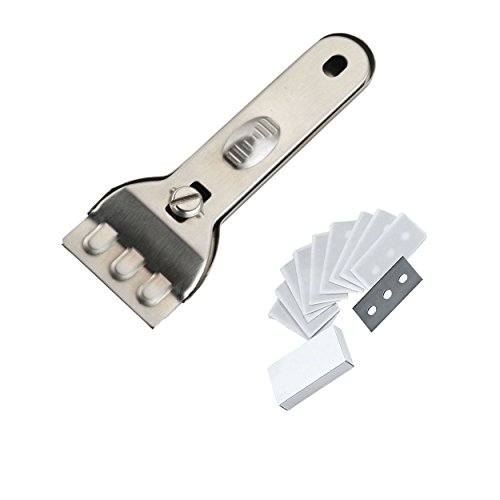Car wax MYTHBUSTER
Car wax can be a mysterious creature and there was once a time where it was often quite hard to use, which put many enthusiast detailers off.
But, these days the technology within those waxes has come a long way and I’d say that using a good car wax is now easier than ever. The same technology has also allowed us to get a lot more “bang-for-buck” with our waxes, which again, is great from a consumer point of view.
I spend a lot of time browsing various detailing forums and watching YouTube videos online and even though I have been detailing for years, I see the same problems and comments that keep occurring.
I wanted to create this article in order to try and answer some of the more common questions that people often struggle with when it comes to waxing their car. There are key processes and steps that need to be taken in order to get the most out of your cars paint, which again, I wanted to highlight.
See this as a bit of an ongoing FAQ, but if there are questions that I haven’t answered, that you would like me to answer, please feel free to pop a comment at the bottom of this page and I will add it into the article.
How durable is car wax?
This is probably the number one question and often something that people are going to struggle with.
Durability on car wax is a massive thing for most detailers. You’re going to fall into one of two categories when you wax your car:
- Looking for maximum aesthetics, whilst not worried how long it last
- Looking for maximum durability, with a trade-off for aesthetics
The categories are likely going to be based on the time you have at your disposal to detail your car. Some are able to do it each week and some might only be able to do it once a month or even less.
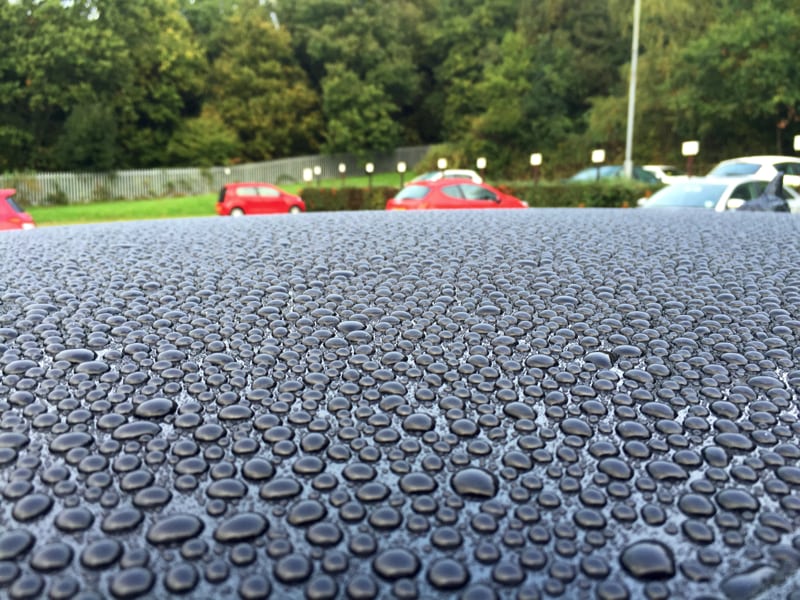
If you are a weekend warrior then durability probably isn’t going to be an issue for you, so you want maximum aesthetics. If you don’t have much time, you want your wax to last as long as possible, so it’s all about durability.
With most waxes the manufacturers will offer you a guideline as to how long the wax will last. In my experience, these guidelines are about as useful as the average MPG rating that you get from manufacturers when buying a new car.
They massively overestimate the time that the wax will have full protection of your car. I’ve seen some claim up to 12 months protection from a single coat, which is just total rubbish, especially in the UK where we can get fairly harsh winters, with all the road muck and salt that comes with that.
On average, I would state that the majority of waxes are going to last you around 4-6 weeks in total. This is a sweeping statement, but I’ve yet to come across any that offer FULL protection for longer than 3 months.
How do you increase durability?
One of the easiest ways to increase the durability of wax on a car is to layer it up. This is a common practice when detailing and with it you should be able to form a stronger bond to your paint as a result.
There are two key things to remember when doing this:
- Thick layers don’t mean that you have more durability in your wax. You see, only a certain amount of wax will ever be in contact with the paint at any one time. When you buff the wax off after it has cured, a thick layer just means that more wax is going to be removed rather than stay on the paint. Essentially you are wasting a lot of product.
- You need to let each coat cure fully on the paint before applying the next coat. Most waxes will inform you how long you need to leave between coats, but it’s usually around 1-2 hours for the wax to “set”. Once the wax has cured to the paint, it means the next layer wont simply be moving the original layer around and in turn, not increasing protection.
It’s worth noting that your finish is and will only ever be as good as your prep work. I know I preach this on pretty much every single article on Prep My Car, but it’s true and I need you to understand that.
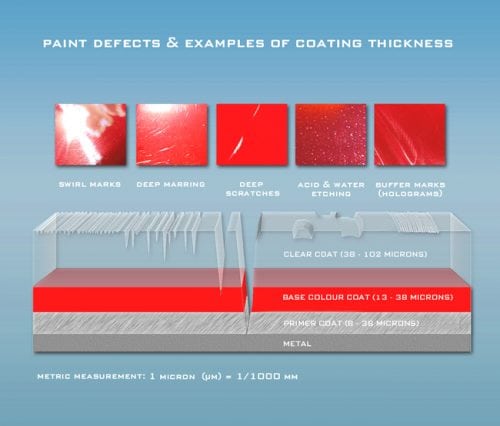
There has to be a completely clean surface for the wax to bond to the paint. This means that you need use decontaminates such as tar, glue, bug, iron and even clay bar where needed to get an almost glass like finish on your paint. If you’ve polished as well, make sure you use a quality IPA to remove any polish residue as well.
By doing this you are giving your wax the best chance possible to bond, cure and protect your paint. If you skip these steps, then you’re going to struggle to see any durability at all from your wax, which wastes both time and money.
How do you prevent smearing after waxing?
Smearing is something that can occur when you are waxing your car. One of the main culprits is that of humid condition’s where the outside temperate takes longer for the wax to set or makes it almost impossible. When you come to buff off, it’s merely moving wax around rather removing it all together.
Smearing can also occur on paint that hasn’t been fully decontaminated. Rough or worse, dirty paint can cause this to happen. Clay bars, iron removers and the such work well here and should always be used before waxing your car.
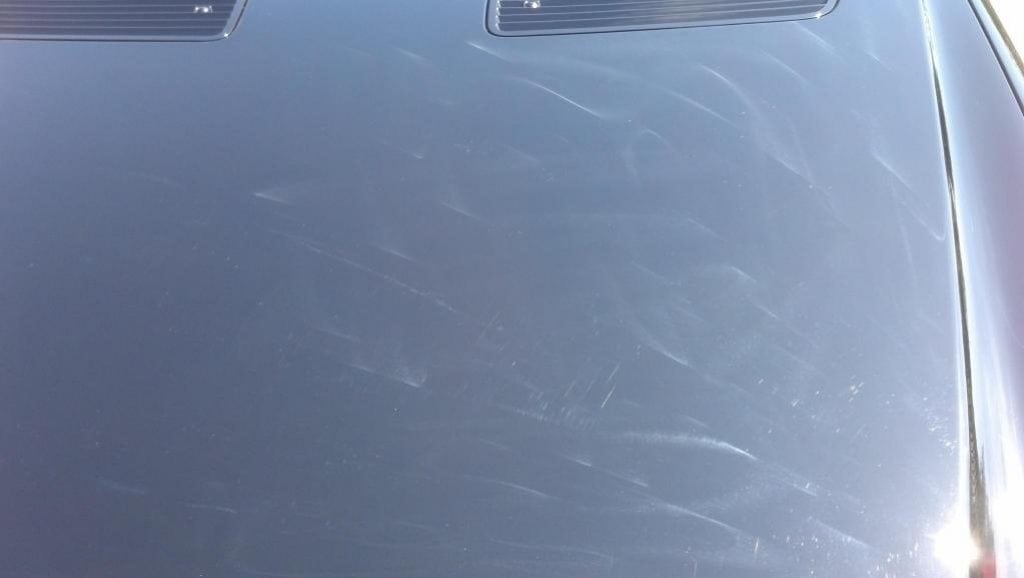
Another massively common cause of smearing with car wax is the over application of the product. Less it most definitely more, especially in hotter climates so it’s important not to go overboard. You get no added protection by applying thicker over thinner layers of wax.
If you find your car has smeared up, then there are a couple of things you can do.
The first is using a quick detailer spray in order to help you remove what’s already there. The QD will act as synthetic top up to the carnauba wax and almost reactivate it again. Simply spray and remove as you would normally, with a fresh microfiber towel and it should clear it up.
Another work around is to try and get the car out of any heat or direct sunshine; garage, car pool, cover etc. You then want to leave it in order to allow the wax to try and cure some more. 15 minutes to an hour should be good and try to buff it again with a clean, plush microfiber cloth.
Finally, if that doesn’t work, you will need to strip your paint back. You can use some sort of alcohol solution such as an IPA for this which will work well. The next step is start from fresh though, so bear this in mind.
What time of year is best to wax a car?
Ideally, I like to wax my car four times a year, but you don’t need to do it this often if you don’t want to. The first wax of the year starts around Spring time, the second at the start of summer, third at the end of summer and fourth at the end of autumn, just before winter.
You don’t need to wax it this often, but I would state that twice a year would be a good regime to get into, with use of a good quick detailer spray used in between that.
The first wax should come as part of your spring detail. Obviously depending on the weather and where you live in the world, this will vary, but in the UK, it’s usually around the end of March/ start of April.
For this clean I’m doing my full load which means, wheels off, washed and sealed. Paint clayed, iron particles reduced, tar removed and paint polished if needed. Then I’m finishing off with a good quality wax, ideally with two layers to keep it going.
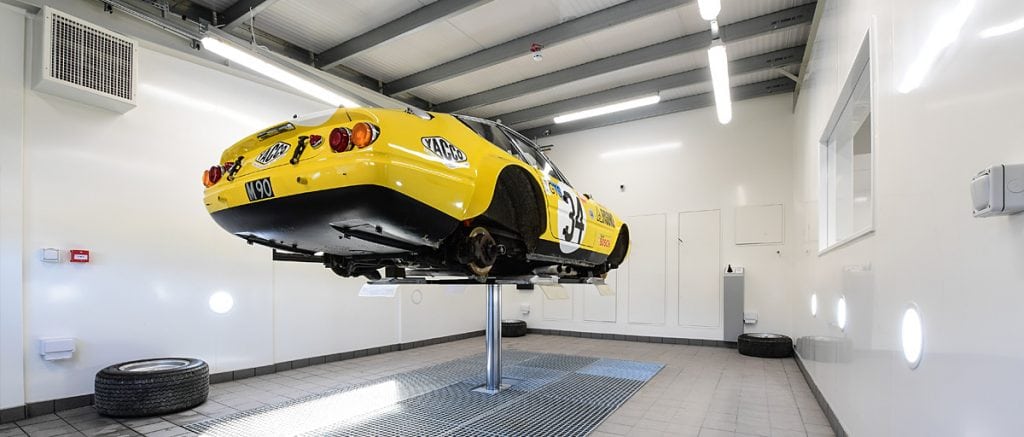
The next clean comes at the end of Autumn/ start of winter. This is a massively important detail to include as it’s going to be your coat throughout the harshest time of the year. I follow the same steps as the spring detail for this and leave no stone unturned.
But, the for the winter detail I usually won’t use the same wax as I did in spring. I’m wanting something a lot more durable for this time of year as I know it will likely be 3-4 months before it gets a good going over.
Something like Collinite 845 is one of my go-to winter waxes and it gets at least 2 layers to see me through.
Another important note to make is that you want to be looking at the weather when you get your big detail in. A dry day is going to be so much easier to work within, unless you are lucky enough to have room to detail in a garage that is. It’s also going to take you best part of a day to do it all, maybe even longer if you are fairly new, so bear this in mind as well.
Can you wax a vinyl wrapped car?
In a word, yes, but….
There is a lot of different information online about waxing vinyl wrapped cars. Some say yes, some say no, but the type of wrap that you have does play a roll.
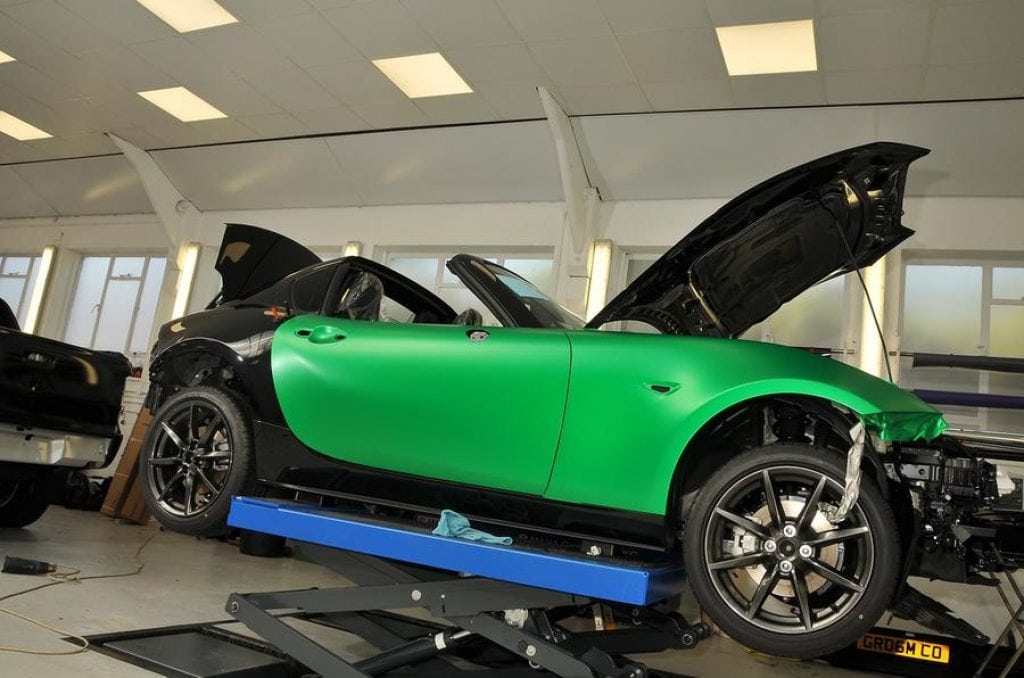
A gloss wrap can be treated just like paint. It has the same characteristics in it and a wax can sit over the top and protect it just as it would as if it were on paint.
A matte or satin wrap is a little trickier. Some high carnauba content waxes can actually dull the look of these wraps and even add some discoloration into the wrap.
Whilst wax could be used for vinyl wrapped cars, I think my choice, if I were wanting to protect my wrap, would be ceramic coating. I’m currently in the process of writing a full article on this, so watch this space!
What else do you want to know?
I’d love to hear your questions in the comment box below that I can help answer for you and include in this article. Alternatively if there is anything in here that you disagree with or alternative methods, then I’d love to know these as well.


